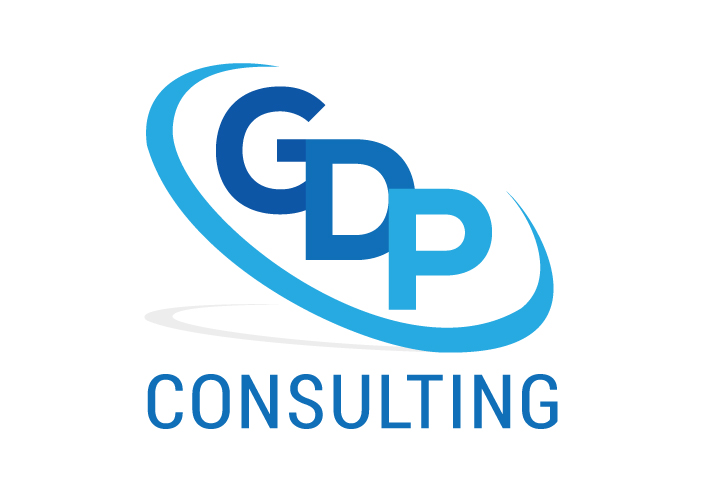How to prepare new board members for the role 
Directors and Issues
When new directors are asked to join a board they often say yes, yet remain unaware of the nuances associated with the role. They may not understand the full extent of the commitment required, or the difference between governance and management. They may be unfamiliar with board structures or unprepared to accept the possibility that they may have to refrain from giving their own opinions in public.
The organization’s history and culture may not appear to be significant, so they may wish to strike in new directions, either against the wishes of the board or because they assume the board would appreciate a show of initiative. As well, depending on background and work history, they may not be used to accepting conflict as healthy.
Commitment and Time Management
New directors may not pause to question how much time will be required of them. They may anticipate attending board meeting, but not expect the related time consuming aspects of the job.
The full commitment may come as a shock when the new board member realizes time is needed to—
- Travel to and from meetings (if the meeting rotates between locations)
- Serve on committees
- Represent the board at social functions
- Represent the board at meetings with partners
- Attend consultations
- Attend the annual general meeting, and
- Attend professional development activities or other activities such as yearly retreats.
Difference in Governance and Management
Many new board members are managers in other entities. They bring with them vast management experience. However, the role of governance differs from that of management. Governance is an oversight role. It requires the board to look outside the organization, keep its eye on the mandate and mission of the entity, and ensure all risks are monitored and weighed when making decisions. The board is the voice of key stakeholders. As such, board members wear many hats simultaneously. They represent marginalized individuals, business, members, shareholders, vocal persons, and the majority all within the legal context of their jurisdiction.
Limitations on Role/Speaking with One Voice
New board members may think they can speak their minds whenever they are asked for their opinions. They may not understand the significance of openness and honesty at the board table, but that they must say, “The decision of the board is… ” when asked a question by an outsider.
Sometimes directors choose to take a seat at the board table because they want to represent a specific group, their own agendas, or another organization. They may not understand the importance of saying what they need to say and simultaneously honoring the decisions of the board.
When and Whom to Ask for Information
When a board member is new, it can be difficult to garner who holds the knowledge, who holds the power, and how decisions are actually made. The formal organizational structure may not tell the full story. The board members have to identify when the board chair holds the decision making power, when it is the CEO/ED, or a powerful few the chair meets with prior to the formal meeting, the board chair and the CEO/ED, or the full board.
Understanding the History and Current Issues
Each entity has its history, which may be straight forward or quite complex. It is essential for a new board member to determine the aspects of the history that must be honored versus the components that can be released or rewritten. It is within this context that all issues occur.
With a full understanding of relevant history, the new director has an easier passage through the learning curve and gains an understanding of the factors that create or affect how current issues are resolved.
How to Solve Conflict
Conflict can be seen as a nuisance. Some people cannot deal with conflict because they believe it is negative. However, conflict is a given in the boardroom. At times it is essential to ensure all information is provided, differing views are weighed, conflicting evidence is disseminated to board members, and all risks are evaluated.
New board members need to understand if, and how, conflict is resolved through formal and informal channels, how to present controversial ideas, and how to ensure relationships are not destroyed when conflict occurs.
Final Comment
An effective orientation, access to past minutes, provision of an overview of current issues, and the related risks and challenges are helpful to avoid issues related to lack of understanding or awareness in new directors.
New members can often take considerable time—a year or more—to feel they know how the board functions and the issues it faces. This is too long for a board that wishes to be productive. New directors should be encouraged and expected to be contributing members as soon as they possibly can. It is the board’s role to ensure this occurs.

